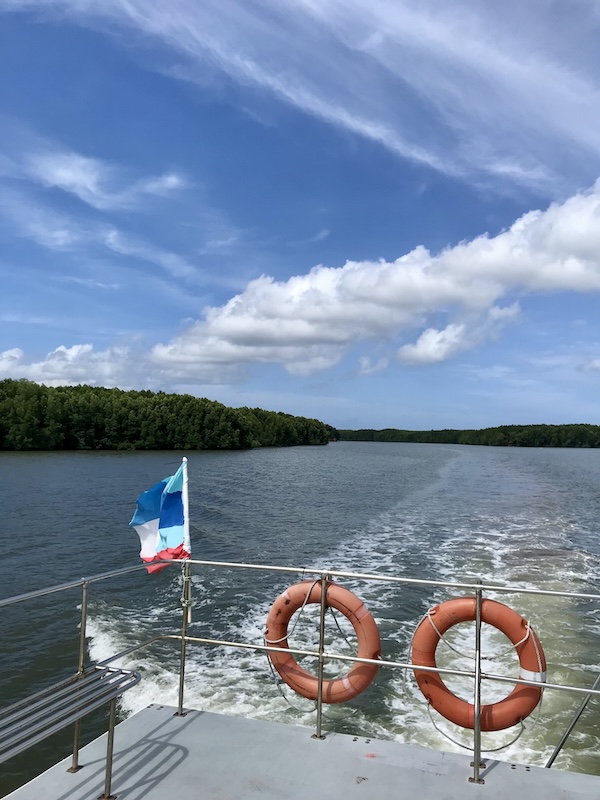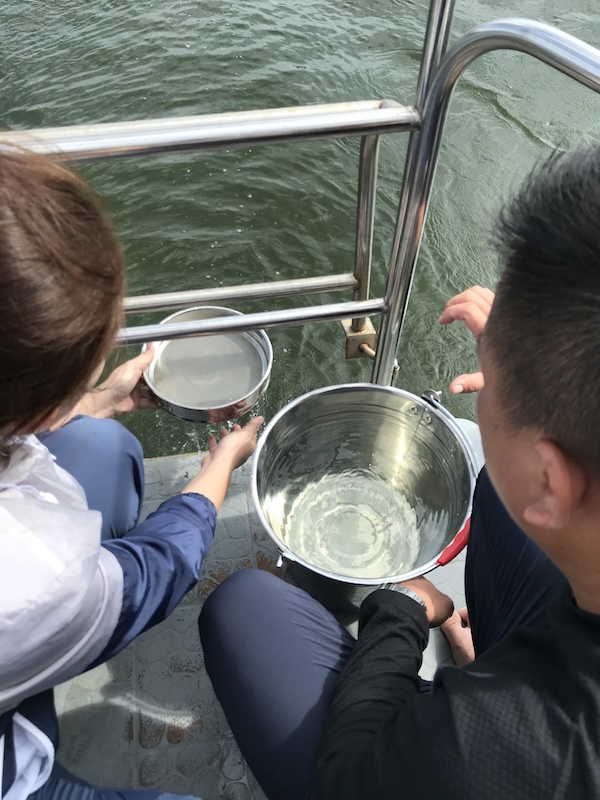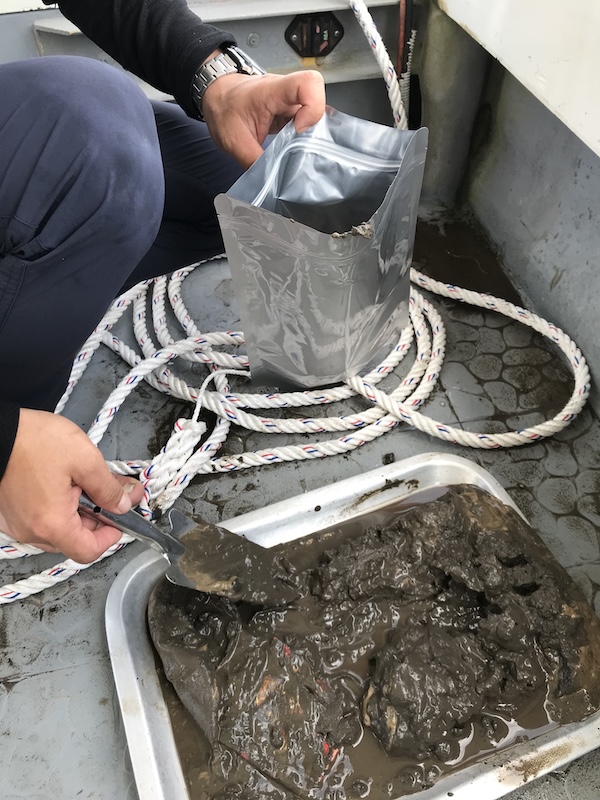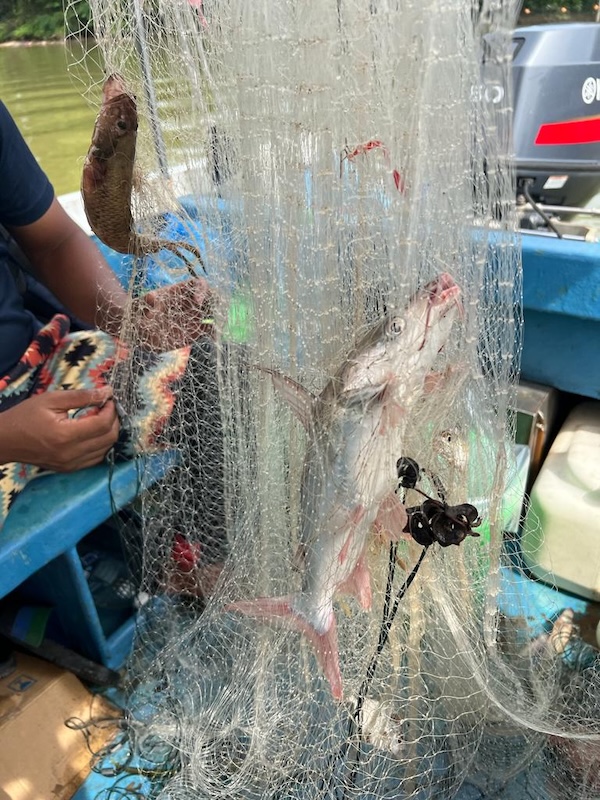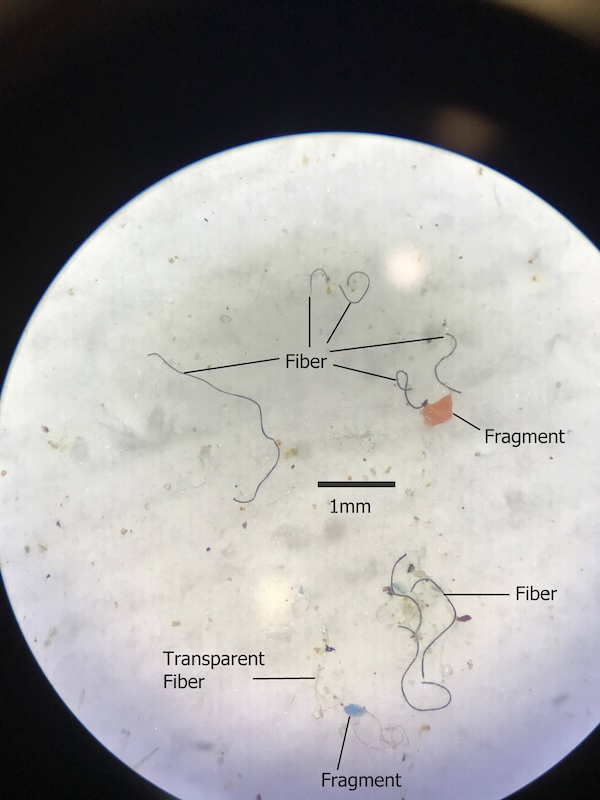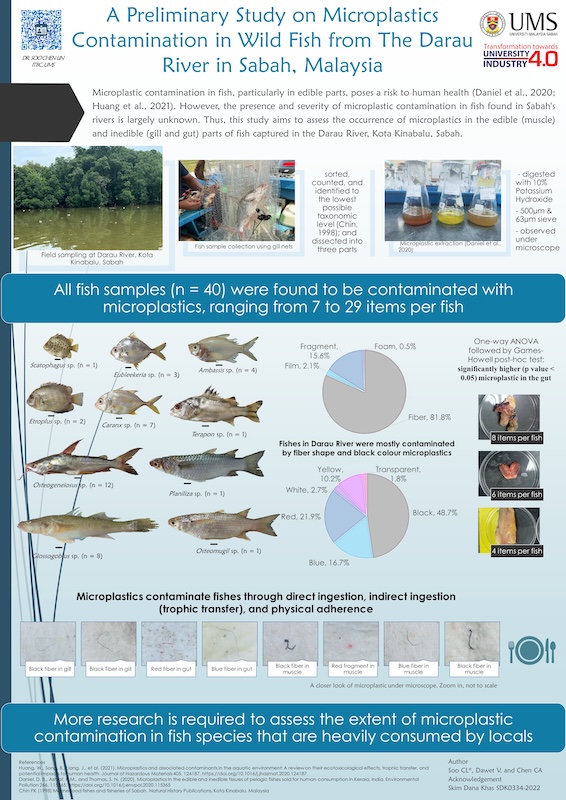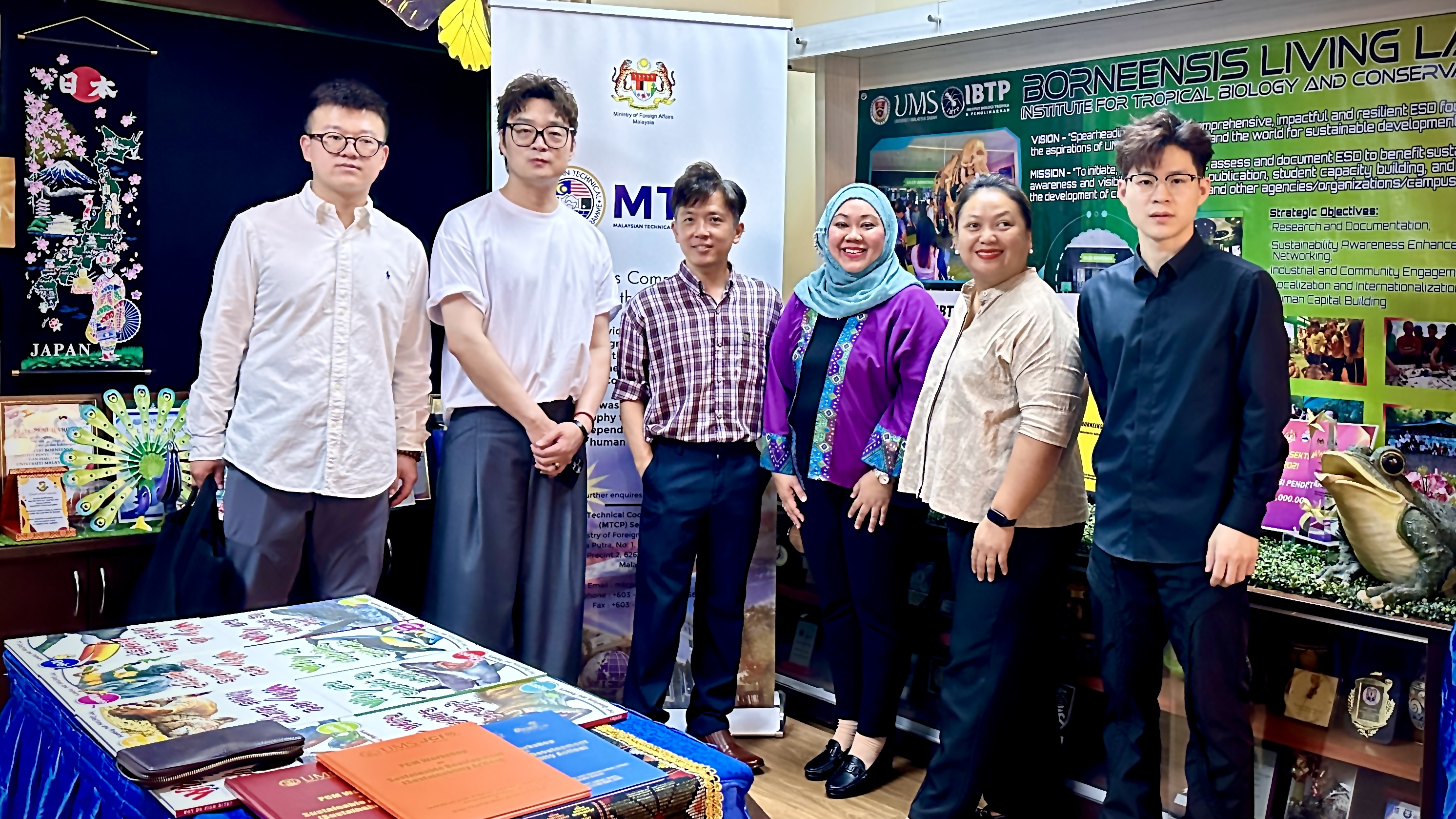
SUSTAINABLE DEVELOPMENT GOALS (SDGs) : ACTIVITY REPORT
Program Title: Echoes of Plastic: Understanding and Combatting Microplastic Pollution in Aquatic Environments
SUSTAINABLE DEVELOPMENT GOALS (SDGs) : ACTIVITY REPORT
- Program Title: Echoes of Plastic: Understanding and Combatting Microplastic Pollution in Aquatic Environments
- Date: 2023 – 2024
- Location: Tuaran & Kota Kinabalu
- Executive Summary:
Microplastics are tiny plastic particles, less than 5 mm in size, that have become a significant environmental concern worldwide. They are found in various aquatic environments, including freshwater, estuaries, and oceans. These particles originate from two main sources: primary microplastics that are manufactured to be microscopic size such as those found in personal care products, and secondary microplastics, which result from the breakdown of larger plastic waste due to environmental factors like sunlight and waves. The presence of microplastics in our water bodies poses serious risks not only to aquatic organisms but also to humans who consume seafood. These small plastic particles can easily be mistaken for food by fish and other aquatic creatures, leading to ingestion and potential harm. As they move up the food chain, the effects can amplify, impacting larger predators, including humans.
As part of our commitment to the United Nations Sustainable Development Goals (SDGs), particularly Goal 14: Life Below Water, our team is actively investigating the critical issue of microplastic pollution in Sabah's rivers. This project aims to uncover the extent and impact of microplastics on aquatic ecosystems, particularly in the rivers of Kota Kinabalu and Tuaran. Our research focuses on three key objectives:
- Assessing Occurrence: We aim to determine the presence and concentration of microplastics in river water, sediment, and fish populations.
- We have detected microplastics in all river water samples (n=48) and sediment samples (n=48), with an alarming 77% occurrence in fish (n=144). Notably, Darau River revealed the highest concentration, with an average of 5.08 ± 3.43 items/L in water and 1855 ± 415 items/kg in sediment.
- Analyzing Spatial Variations: By examining multiple sampling sites, we aim to assess how microplastic abundance and characteristics vary across different environments.
- Our findings show significant spatial variations, with mangrove-adjacent stations exhibiting lower microplastic counts compared to areas with intense human activity. This highlights the impact of land use on microplastic pollution.
- Evaluating Ecological Impacts: We aim to explore and understand the ecological consequences of microplastics on aquatic organisms and food webs.
- Fish samples revealed microplastic contaminations on fish tissue and internal organs, with a higher concentration in internal organs. This indicates potential health risks for aquatic organisms and the food chain.
Our findings call for immediate action to address microplastic pollution and its ecological consequences. We urge local communities, policymakers, and stakeholders to join us in this crucial effort. By implementing sustainable practices and enhancing pollution controls, we can protect our rivers and marine ecosystems. Together, let’s navigate the tides of change and ensure a cleaner, healthier aquatic environment for future generations. Your support and involvement are vital in this mission!
If you want to know more, you can refer to these publications:
- Understanding microplastics in aquatic ecosystems–a mini review
- Assessment of microplastics in the surface water of Mengkabong and Salut Rivers of Sabah, Malaysia
- Microplastics contamination in wild fish caught from urbanised Sepanggar River of Kota Kinabalu, Sabah
- Program Coordinator/PIC/Member:
Ts. Dr. Soo Chen Lin
Senior Lecturer (DS13)
Institute for Tropical Biology and Conservation (ITBC)
Universiti Malaysia Sabah, Jalan UMS, 88400 Kota Kinabalu, Sabah
MALAYSIA.
soo@ums.edu.my
Relevant SDGs for This Activity:
A. Environment
Senior Lecturer (DS13)
Institute for Tropical Biology and Conservation (ITBC)
Universiti Malaysia Sabah, Jalan UMS, 88400 Kota Kinabalu, Sabah
MALAYSIA.
soo@ums.edu.my
Relevant SDGs for This Activity:
A. Environment
(6) Clean Water and Sanitation
(7) Affordable and Clean Energy
(12) Responsible Consumption and Production
(13) Climate Action
(14) Life Below Water
(15) Life on Land
B. Social
(1) No Poverty
(2) Zero Hunger
(3) Good Health and Well-Being
(4) Quality Education
(5) Gender Equality
(6) Reduced Inequalities
(7) Sustainable Cities and Communities
C. Governance
(8) Decent Work and Economic Growth
(9) Industry, Innovation and Infrastructure
(16) Peace, Justice, and Strong Institutions
(17) Partnerships for The Goal
Sustainability Explorer Program for Sustainability Educational Tourism via Smart Partnership between ITBC, UMS and Exo Edu Sdn. Bhd.

